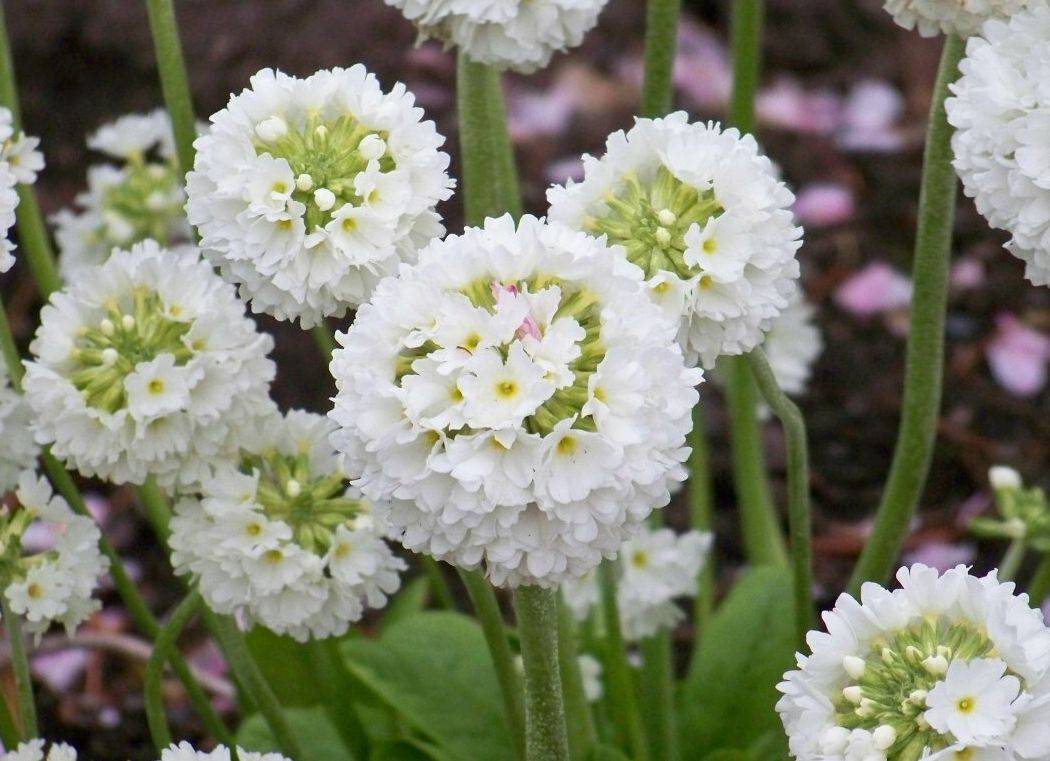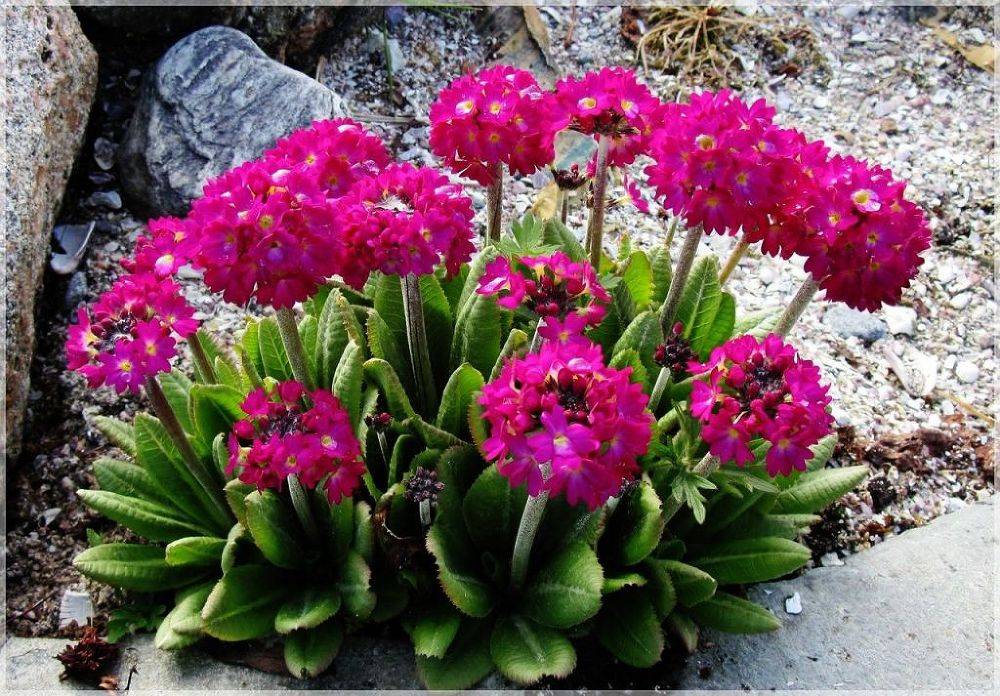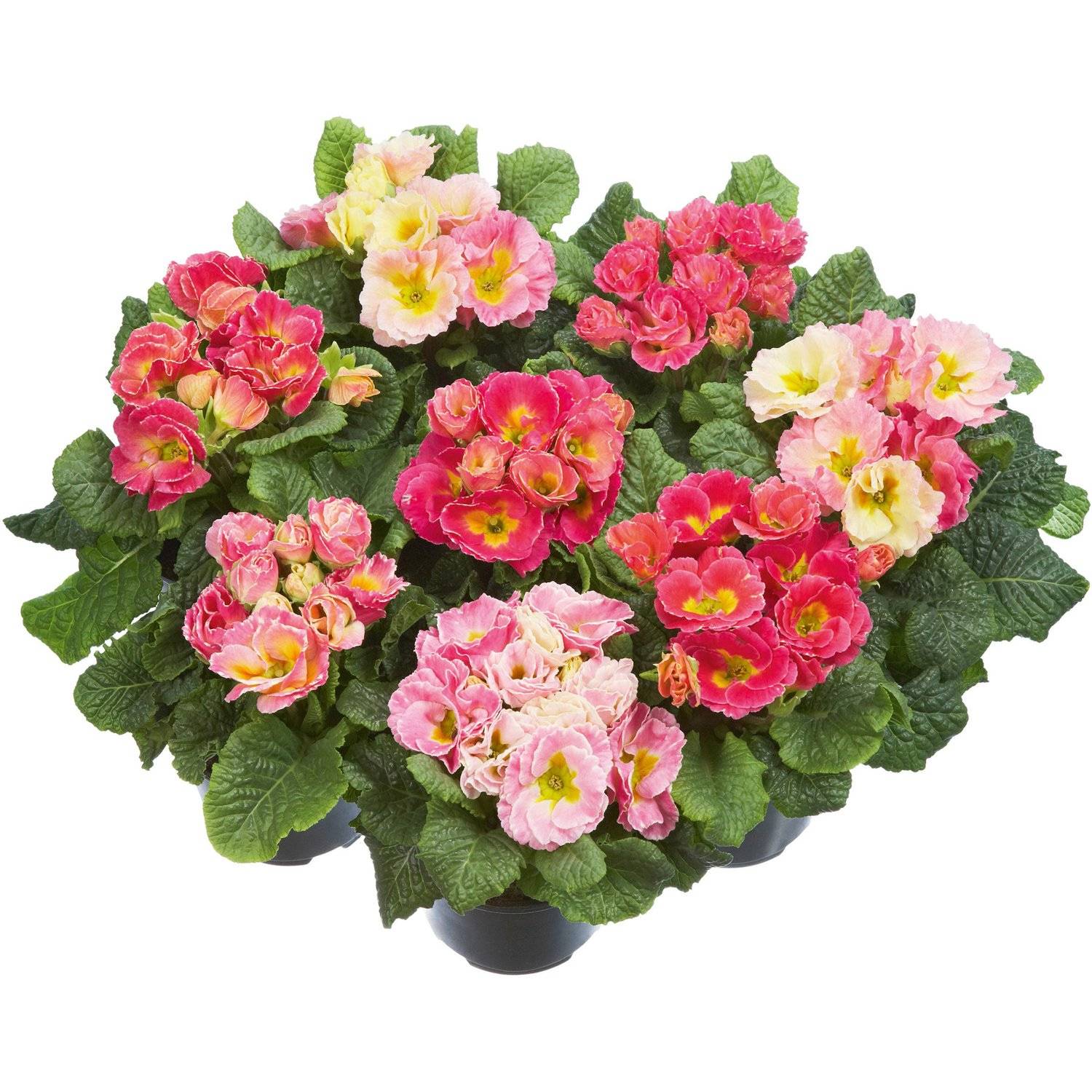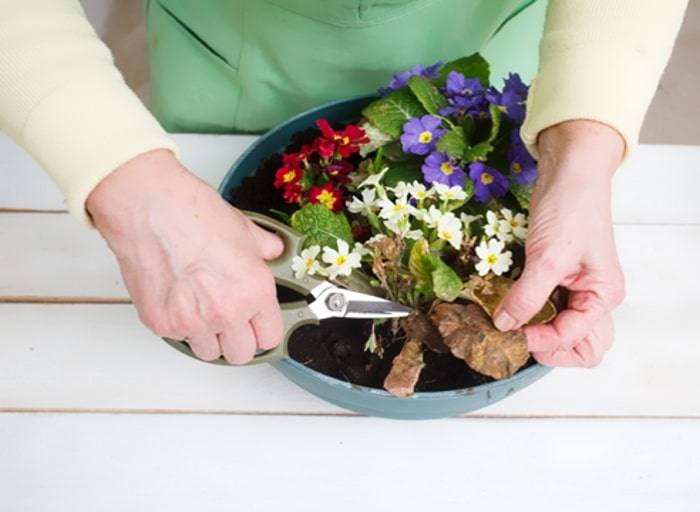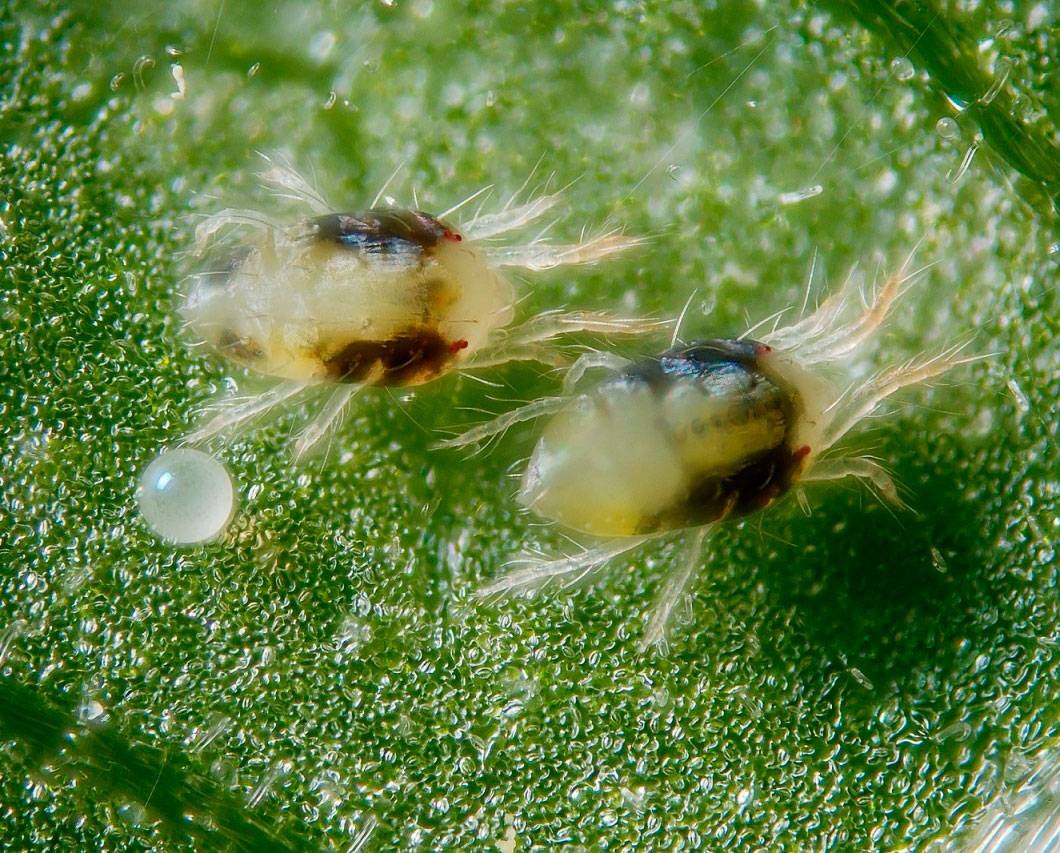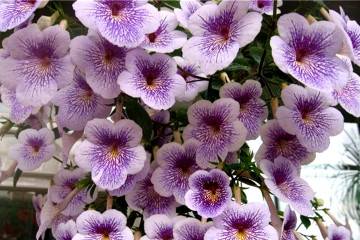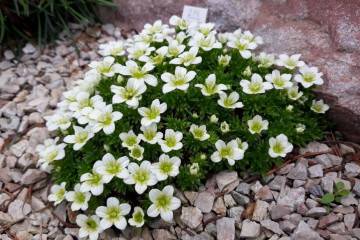Small-toothed primrose - how to grow at home
Content:
The toothed primrose is one of the most interesting living garden decorations. Its huge bright flowers will please any gardener. But before you start breeding it, you should carefully read the rules for growing and caring for the plant.
Perennial fine-toothed primrose - description of the variety, to which family it belongs
This variety of primrose is quite unpretentious. Its leaves form oblong-lanceolate rosettes that grow up to 10-15 cm in length. Their unique feature is the increase in size after flowering. The blossoming buds are purple, pink, lilac or white. They gather in inflorescences with a diameter of 10-15 cm.
The growing season begins in April and lasts for about two months. The plant tolerates winter well and is generally quite easy to grow.
This perennial is an ornamental variety and is grown for planting in gardens and parks. Before decorating a summer cottage landscape with primrose, you need to familiarize yourself with the basic conditions for caring for it.
Primula dentate - indoor varieties, appearance
Currently, more than 500 plant varieties are known. In addition to one of the most common types of fine-toothed pon-pon primrose, there are several other varieties that are used by gardeners.
Alba
One of the most common varieties. It's pretty easy to grow it. Blooming flowers grow up to 15 mm and are characterized by a white tint, and the inflorescences that form from them can reach 100 mm in diameter and 500 mm in height.
Red
The toothed red primrose is a rather unusual primrose. She loves to grow in shaded areas of the garden. In this case, the bush requires a lot of moisture. For planting it at home, it is not recommended to use clay soil.
The bush has increased frost resistance - it can grow at temperatures down to -24 ° C. Blooming flowers can be white, purple, lilac.
Violet
This variety attracts attention with its dense globular inflorescences of a purple hue. Violet begins to bloom in April and ends towards the end of June. This perennial is characterized by the presence of large, finely toothed, wrinkled leaves.
Ruby
This variety exactly lives up to its name - the blossoming flowers have a color similar to the natural shade of ruby. It has an elongated dark green foliage. The buds form spherical inflorescences up to 60 mm in diameter. This variety is widely used to decorate curbs or artificial reservoirs.
Bugle
This short variety rarely reaches a height of more than 300 mm. Unlike their congeners, bugles have rather powerful foliage. Blooming flowers can have different shades - blue, purple, white, pink. The buds, like other primroses, form spherical inflorescences growing on strong peduncles 10-15 cm high.
Small-toothed primrose - how to grow and care at home
The fine-toothed primrose is an excellent ornamental plant that will undoubtedly decorate any garden area and will transform the landscape design. However, in order for the flowers to grow correctly, you need to know the main requirements for caring for it.
Lighting and temperature control
Primrose feels good at ambient temperatures from 16 ° C to 22 ° C. If the bush is grown at home in a pot, then in the summer it must be regularly taken outside or the window in the room must be kept open at all times. If it is very important that the flowering of primrose lasts as long as possible, then it should be kept in conditions of 12-15 ° C.
Keep the flower away from direct exposure to sunlight, otherwise burn marks will quickly appear on it. It is better to choose places where the sun appears only in the morning and evening.
Watering rules and humidity
This type of primroses is extremely hygrophilous. At home, it is watered at least twice a week. In this case, one of the watering should be combined with herbal feeding of the plant.
Although most primrose varieties do well in natural moisture, nothing bad will happen if you regularly spray the bush. If the air is not humid enough, the leaves will curl up into tubes and dry out.
Top dressing and soil quality
In order to grow primrose, you need a loose and nutritious soil that can retain moisture for a long time.
The plant does not take root in clay soil. But there is a way to improve its quality. For this, a mixture of sand, vermiculite, sphagnum moss is created, with the addition of organic fertilizers. Then the top layer of clay soil is cut off and replaced with the prepared substrate.
In addition to properly selected soil, primrose needs regular feeding. They should be performed once a month, except for the dormant and flowering period. In the first case, the amount of fertilizer is reduced, in the second, it stops completely.
Choosing a container for a flower
To plant a flower, it is not necessary to choose a volumetric container. It is enough for the pot to be about twice the size of the bush. It is necessary to arrange a drainage layer in it. As a consequence, when transplants, it is necessary to choose a container a couple of centimeters larger than the previous one.
Pruning and replanting
Pruning consists in removing the flower stalks with wilted buds. This is necessary so that the plant does not waste extra energy on the formation of seeds in them. This procedure allows you to stimulate flowering and extend its time. It is also recommended to remove dried or diseased areas.
The plant must be transplanted if purchased at a store. Thus, the correct capacity and soil is provided for the home bush. In addition, replanting primrose is recommended after each flowering period.
Flowering features
Depending on the variety, primrose blooms from mid-spring to early summer. At this time, buds of different colors are formed on its peduncles.
For flowering to be more active, the bush needs to provide a cool temperature, high humidity and a lot of watering. Top dressing at this time is stopped. Fertilization can be applied before the growing season to stimulate bud formation.
Reproduction methods and timing of its implementation
When growing a flower, gardeners have several breeding methods:
- seeds;
- cuttings;
- dividing the bush.
Seeds
Growing fine-toothed primrose from seeds is the most popular method. Despite the laboriousness and complexity of obtaining seedlings, primroses grown in this way can have an amazing combination of colors.
The process is carried out in the following sequence:
- Seeds are kept in the refrigerator for a couple of days before planting.
- Then they are planted in peat tablets.
- After 1-1.5 months, the first shoots appear.
- After the appearance of 3-4 leaves, the shoots are seated in separate containers.
Cuttings
Cutting is the second most popular method. It is necessary to separate a strong healthy petiole from the bush, make an incision in the upper part and place it in water. When the first bud appears, the shoot is transplanted into a pot.
By dividing
Division is the simplest breeding option. To carry it out, the bush is removed from the ground, and the root system is divided into several parts. After that, each separated plant is planted in the ground and watered well.
Diseases and pests
The main cause of fine-toothed primrose disease is improper care:
- Leaves turn yellow when there is insufficient air humidity, high humidity or excessive watering.
- Gray rot appears with frequent watering and moisture.
- Powdery mildew appears when the room temperature and humidity are high.
If diseases are detected, the plant must be treated with fungicides, and the affected areas must be removed.
The most common plant pests are spider mites and aphids. It is easy to get rid of them by treating the bush with insecticides.
Small-toothed primrose is an excellent houseplant. With proper care, it will delight you with its appearance and abundant flowering every year.

